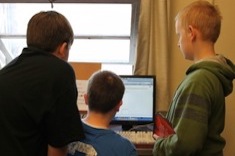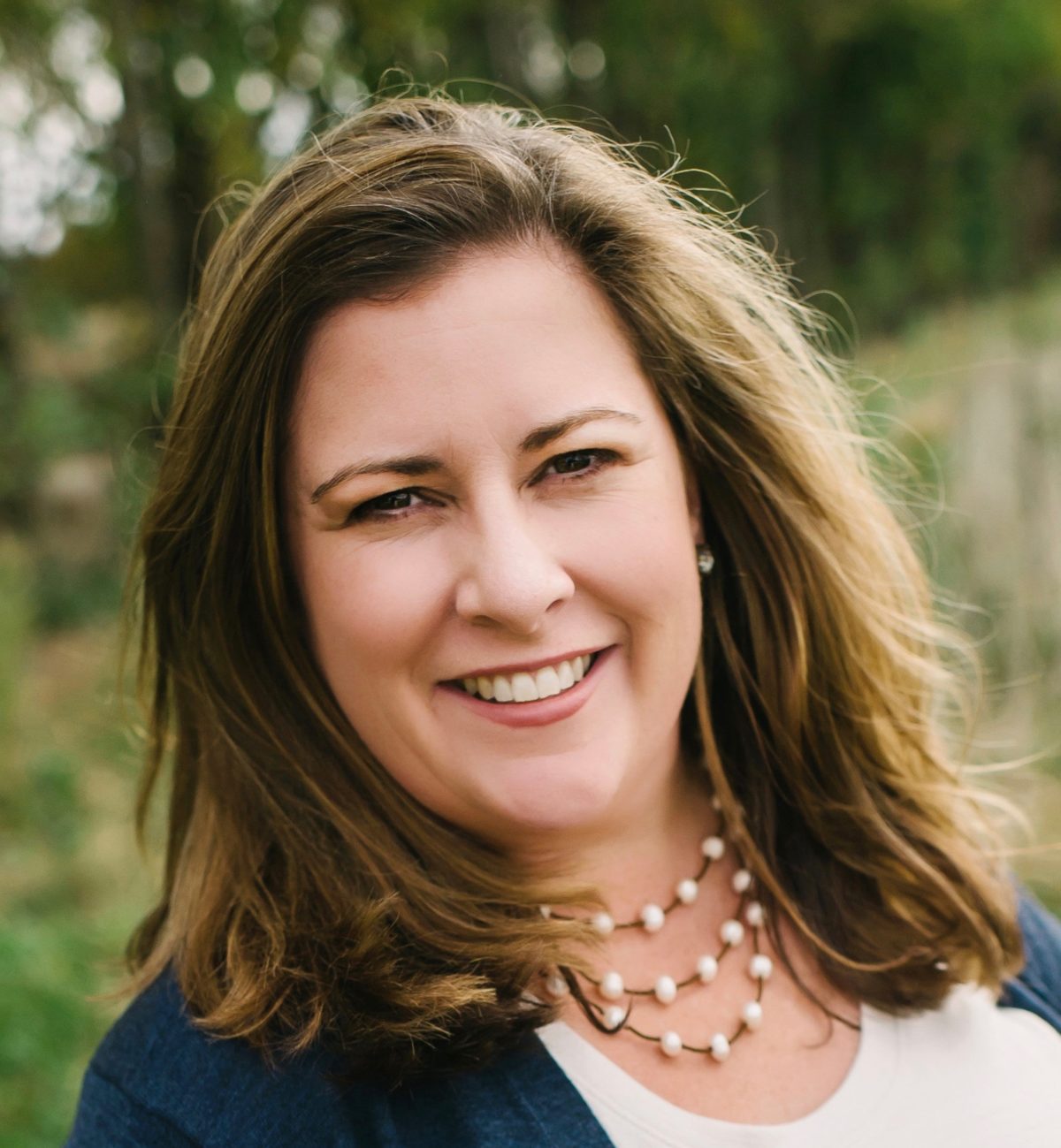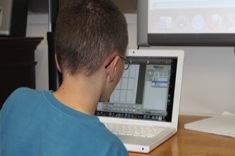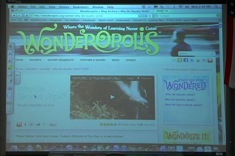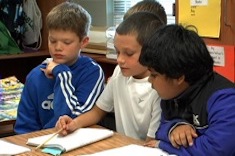I am not a tech native as my students are. I grew up in a time when typewriters were common and computers were the size of a bedroom. I still remember as a high school student attending a computer class with my mom at night and learning MS DOS. I was convinced that computers were a huge waste of money, and could not see the benefit of them.
Today, I have done a complete switch. I love technology. My iPhone has become an extension of me. The MacBook Pro or iPad is never far from my lap. I love exploring apps, thinking through new programs, and wondering what I can add to my class next. Over the past five years, I have tried many different pieces of technology in my classroom, and my thinking of how I use it has evolved dramatically.
When I first began really bringing technology into the classroom, it was all about the tech. How could I use apps like Keynote, Pages, Brain Pop? What could I create with QR codes? What I slowly, and I do mean slowly, began to realize is that it was more about me than the students. And although I said I championed choice, I was dictating what they needed to create.
Now I teach students how to use several different apps and programs and leave the creating up to them. For example, when we were in a short research unit at the end of the school year, my minilessons focused on note taking, leads, endings, and looking at mentor texts. The final publishing was put in their hands. Some created comic strips on paper, some on Comic Life. Some students created short videos sharing their information, some created audio files with Audioboo. Some wrote out their research in long hand, many chose to write in Google Docs, and some preferred presentations in Keynote. By handing over the control of how my students publish, we got a diverse range of final products turned in and we all learned from each other.
Finding Technology Experts in the Midst of Classrooms
Many teachers have asked how to incorporate technology into their classroom when they don’t understand it well themselves. I think a great way to do this is by having experts in your classroom. Kids aren’t afraid of technology; in fact, I often wish they were a little more careful with it. Recently I heard Kristin Ziemke speak, and she said that her students often leave iPads around the room, on the floor, or on desks unattended. To them, it is just like a notebook. To us, it is an expensive device. Yet because it is a common item, they dive right in, fearless. So, if you are unsure how to use a program, ask a student. I create “experts” in my reading class all the time. Last year, John was our expert on graphic novels. Owen was our history—specifically war history—expert. Leslie knew the Divergent series backward and forward. Kayla, Grace, and Garrett could tell you about any books that contained dragons, especially those in the Eragon series.
We can do the same for technology. This year we had experts for Kidblog, Google Drive, Pages, and Keynote. We had kids who knew how to insert pictures and change font sizes. There were Audioboo experts and YouTube experts. What is important is that none of the experts were me. This left me free to confer, monitor, and help students in other ways.
So how does a student become an expert in the class? I become a kid-watcher. Just as I notice small things in reading—who is recommending books to others while standing at the shelves, who has read every book in a certain section—I look for the same with technology. Sometimes I annoit them an “expert,” and sometimes they do it themselves.
Last year my students really began exploring the Pages app. It was in our Slice of Life unit in March that I noticed how proficient some of them had become. We wrote daily, and many students ended up refining their pieces to hang on our wall of published pieces. Delaney loved using the poetry format of “False Apology” poems that we had talked about in conjunction with Sharon Creech’s book Hate That Cat. After writing several, she began working in Pages to type them up. One day she showed me how she had inserted her best friend’s photo at the top of a poem that she had written to her, and changed the font. A boy in our class, Joey, was an excellent poet, but his handwriting made his poems hard to read. While reading one of his poems for Slice of Life, Delaney mentioned to him that she’d help him learn Pages if he wanted to type it. Joey grabbed an iPad, and the two of them headed over to the couch. Shortly after that he came up to me to print his poem about his goat that had passed away the day before. Delaney had helped him search the Internet for a photo of the breed of goats he had, and taught him how to insert and size the photo, and add his text. Joey printed off his poem and hung it up, and now I had two students who could help teach the Pages app.
I have found that if a student struggles with making good choices in the classroom, becoming an expert gives them a positive experience and they begin to feed off of that energy. Also, my shy and quiet students have found their voices in becoming teachers to their classmates. They might not be ready to stand in front of the room and give a lesson, but they are fabulous working one-on-one with their friends. The other great thing about having experts in technology is that when the students switched classes to math, social studies, or science, the other teachers could rely on these kids to help them as well.
My evolution in using technology is not complete; as anyone in this field knows, there is always something new coming out. I’ve gone from controlling much of our tech choices and making everything about the device to letting go and making it about the kids. Choice has become embedded in everything we do, not just the books we are selecting to read.

